Traffic lights, traffic signals, or stoplights – known also as robots in South Africa – are signaling devices positioned at road intersections, pedestrian crossings, and other locations in order to control flows of traffic.
Traffic lights consist normally of three signals, transmitting meaningful information to drivers and riders through colors and symbols including arrows and bicycles. The regular traffic light colors are red, amber (also known as yellow), and green arranged vertically or horizontally in that order. Although this is internationally standardized, variations exist on national and local scales as to traffic light sequences and laws.
The method was first introduced in December 1868 on Parliament Square in London to reduce the need for police officers to control traffic. Since then, electricity and computerized control has advanced traffic light technology and increased intersection capacity. The system is also used for other purposes, for example, to control pedestrian movements, variable lane control (such as tidal flow systems or smart motorways), and railway level crossings.
The first system of traffic signals was installed as a way to replace police officer control of vehicular traffic outside the Houses of Parliament in London on 9 December 1868. In the first two decades of the 20th century, semaphore traffic signals like the one in London were in use all over the United States with each state having its own design of the device. In many cases, it was controlled by a traffic officer who would blow a whistle before changing the commands on this signal to help alert travelers of the change.
In 1912, the first electric traffic light was developed by Lester Wire, a policeman in Salt Lake City, Utah. It was installed by the American Traffic Signal Company on the corner of East 105th Street and Euclid Avenue in Cleveland, Ohio. The first four-way, three-color traffic light was created by police officer William Potts in Detroit, Michigan in 1920. He was concerned about how police officers at four different light signals could not change their lights all at the same time. The answer was a third light that was colored amber, which was the same color used on the railroad. In 1922 traffic towers were beginning to be controlled by automatic timers. The main advantage of the use of the timer was that it saved cities money by replacing traffic officers. The city of New York was able to reassign all but 500 of its 6,000 officers working on the traffic squad; this saved the city $12,500,000.
If you want to read a whole lot more, go here: https://en.wikipedia.org/wiki/Traffic_light
And births this date include....





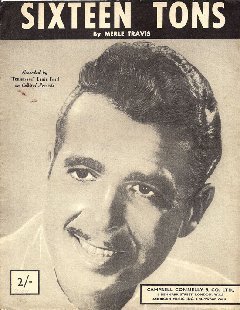
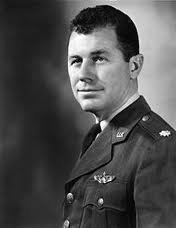
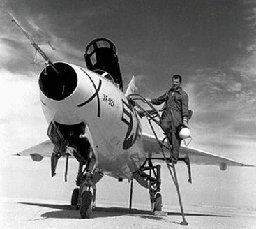



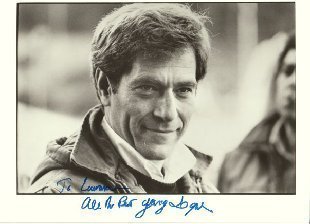



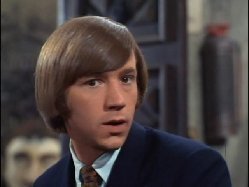




No comments:
Post a Comment